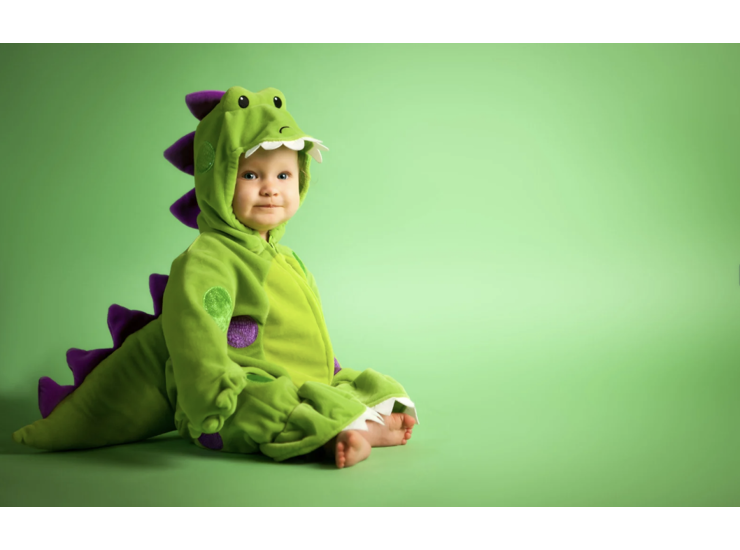
Does it help babies to understand that different objects (such as different dinosaurs) belong together into a category when they hear them all being called ‘dinosaur’? And what if they instead hear the same melody whenever they see a dinosaur – does that help their understanding?
Several researchers (including us!) have found that words help in this learning already in 10-month-olds, before they even speak their first words. We also know that when babies look at pictures, hearing other sounds can interfere with their learning of these pictures (but don’t worry – do talk to your babies while you read picture books with them!) This has led some researchers to claim that babies are born to tune into language and communication to help them shape their understanding of the world – but an alternative view is that they quickly learn that language is important because their parents speak to them, their sibling and each other all the time.
We wanted to understand better when language helps, and when sounds disrupt, the learning of categories. We took a widely-used set of dinosaur and fish pictures and showed infants eight dinosaurs (or fish for other infants) in a row, followed by a ninth dinosaur and a fish side by side. We found that the babies learned a category – as shown by the typical result in these cases that the ‘dinosaur’ babies looked longer at the test fish than the test dinosaur (and the fish babies, longer at the test dinosaur). But wait – other researchers had claimed that babies needed to hear the dinosaurs all accompanied by the same name to learn this category. The thing is, they never tested the babies looking at these pictures without hearing anything. We did, and found that for these pictures, hearing a common name did not make a difference to the babies’ learning. Hearing other sounds instead of names, though – beeps, backward speech, etc – can slow down processing of these pictures, as other researchers have found. So in a second experiment we wanted to see if this is because babies are unfamiliar with these sounds (or if it’s because these are not language sounds, and babies are tuned specifically into language). We first played new ‘beep’ sounds to the babies before then showing them the dinosaurs accompanied by these beeps – and voila, now that they were familiar with these sounds, they no longer slowed down their picture learning.
Together with our previous work, we can therefore conclude: hearing words can help babies with their learning of categories. Unfamiliar sounds, when played alongside pictures, can make learning of the pictures slower (presumably because babies are at the same time learning about the new sounds). And as we all know: Babies are great learners!
The paper is available here for free:
Chan, K.C. J. , Shaw, P., Westermann, G. (2023). The sound of silence: Reconsidering infants' object categorization in silence, with labels, and with nonlinguistic sounds Cognition

